Leonardo F. S. Scabini
Structure and Performance of Fully Connected Neural Networks: Emerging Complex Network Properties
Jul 29, 2021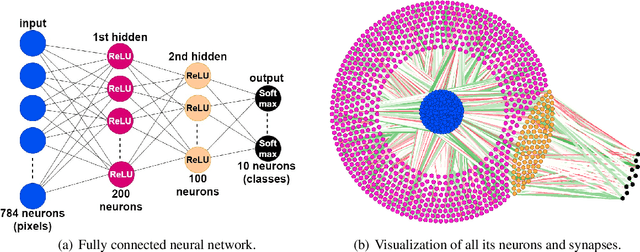
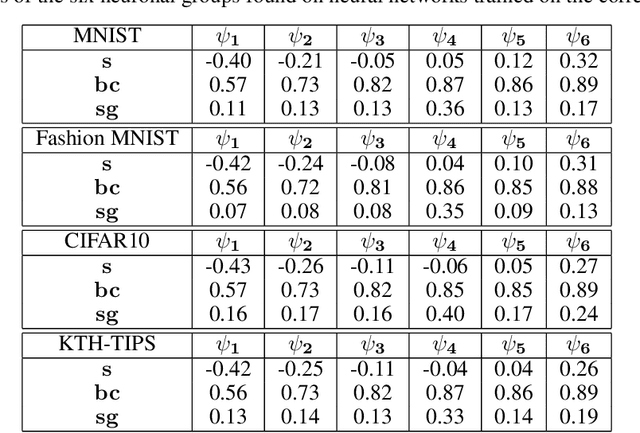
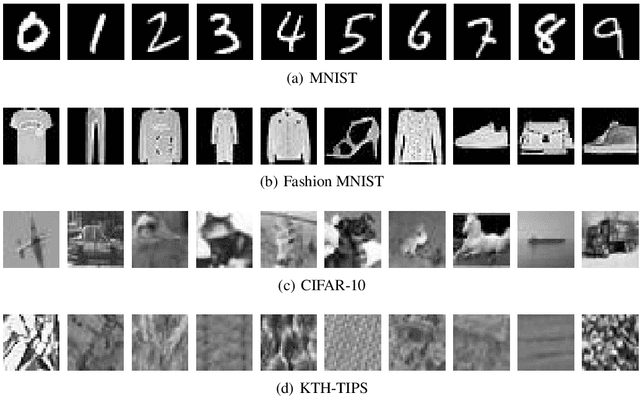

Abstract:Understanding the behavior of Artificial Neural Networks is one of the main topics in the field recently, as black-box approaches have become usual since the widespread of deep learning. Such high-dimensional models may manifest instabilities and weird properties that resemble complex systems. Therefore, we propose Complex Network (CN) techniques to analyze the structure and performance of fully connected neural networks. For that, we build a dataset with 4 thousand models and their respective CN properties. They are employed in a supervised classification setup considering four vision benchmarks. Each neural network is approached as a weighted and undirected graph of neurons and synapses, and centrality measures are computed after training. Results show that these measures are highly related to the network classification performance. We also propose the concept of Bag-Of-Neurons (BoN), a CN-based approach for finding topological signatures linking similar neurons. Results suggest that six neuronal types emerge in such networks, independently of the target domain, and are distributed differently according to classification accuracy. We also tackle specific CN properties related to performance, such as higher subgraph centrality on lower-performing models. Our findings suggest that CN properties play a critical role in the performance of fully connected neural networks, with topological patterns emerging independently on a wide range of models.
Learning Local Complex Features using Randomized Neural Networks for Texture Analysis
Jul 10, 2020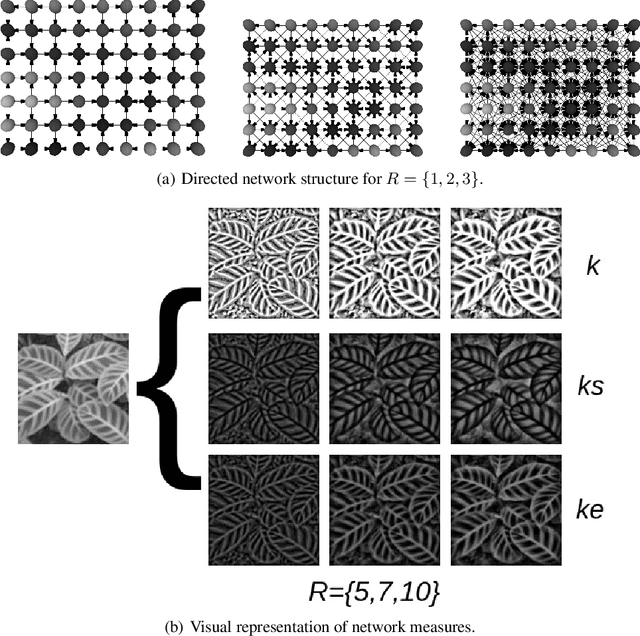
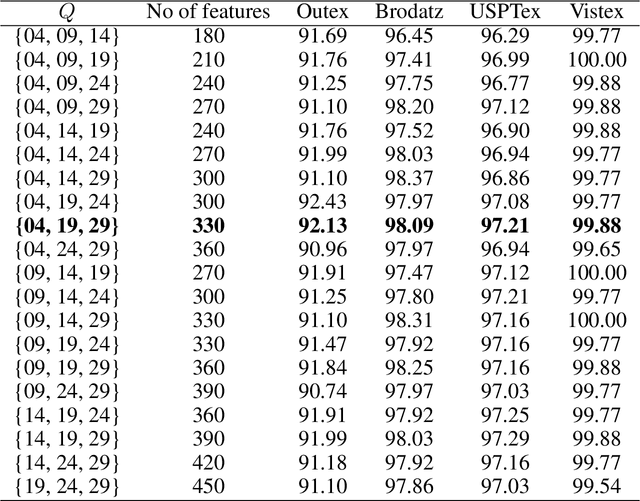
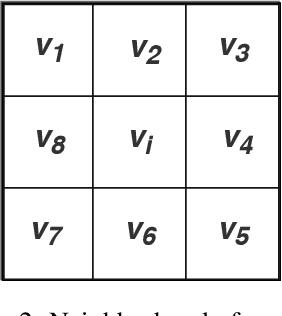
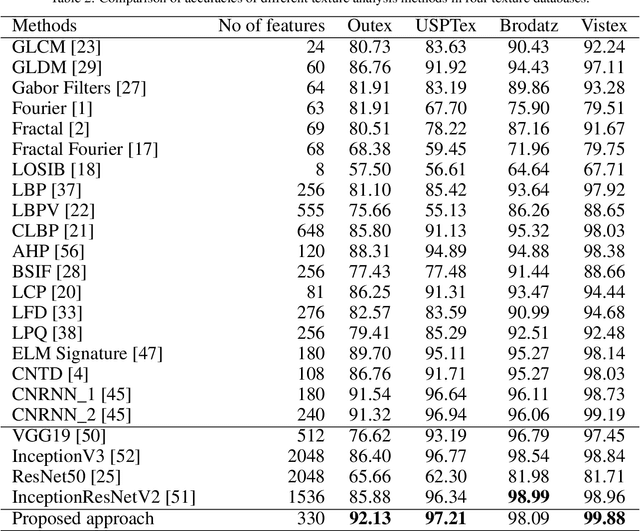
Abstract:Texture is a visual attribute largely used in many problems of image analysis. Currently, many methods that use learning techniques have been proposed for texture discrimination, achieving improved performance over previous handcrafted methods. In this paper, we present a new approach that combines a learning technique and the Complex Network (CN) theory for texture analysis. This method takes advantage of the representation capacity of CN to model a texture image as a directed network and uses the topological information of vertices to train a randomized neural network. This neural network has a single hidden layer and uses a fast learning algorithm, which is able to learn local CN patterns for texture characterization. Thus, we use the weighs of the trained neural network to compose a feature vector. These feature vectors are evaluated in a classification experiment in four widely used image databases. Experimental results show a high classification performance of the proposed method when compared to other methods, indicating that our approach can be used in many image analysis problems.
Spatio-spectral networks for color-texture analysis
Sep 13, 2019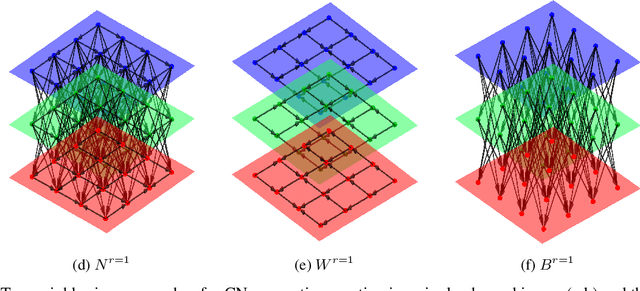
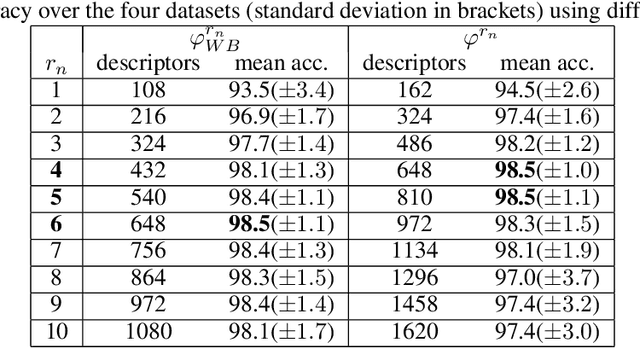
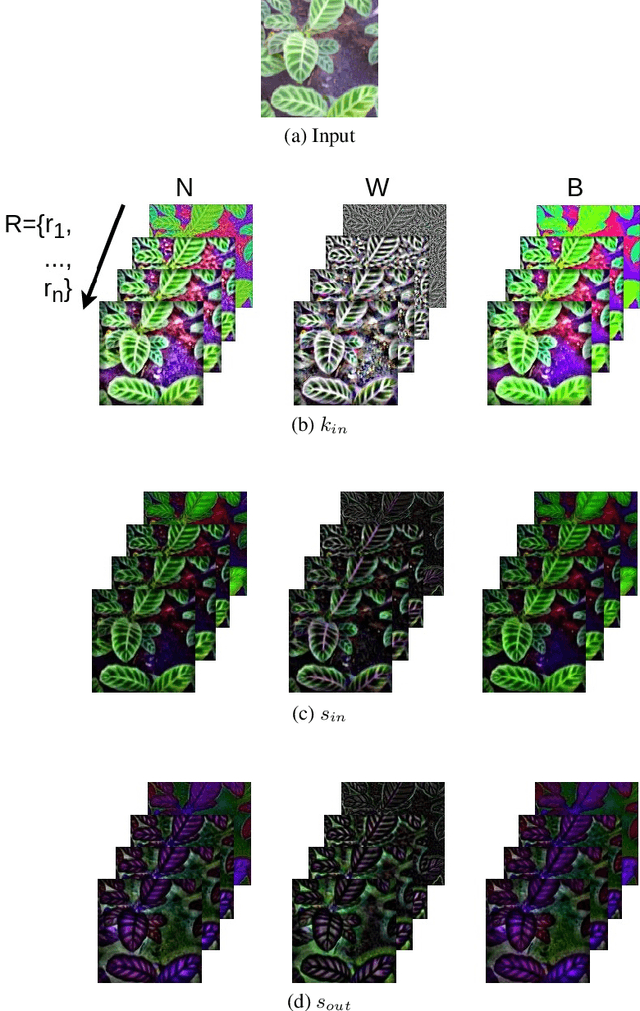
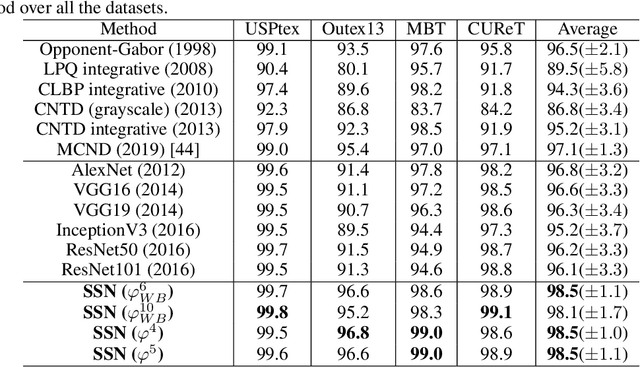
Abstract:Texture is one of the most-studied visual attribute for image characterization since the 1960s. However, most hand-crafted descriptors are monochromatic, focusing on the gray scale images and discarding the color information. In this context, this work focus on a new method for color texture analysis considering all color channels in a more intrinsic approach. Our proposal consists of modeling color images as directed complex networks that we named Spatio-Spectral Network (SSN). Its topology includes within-channel edges that cover spatial patterns throughout individual image color channels, while between-channel edges tackle spectral properties of channel pairs in an opponent fashion. Image descriptors are obtained through a concise topological characterization of the modeled network in a multiscale approach with radially symmetric neighborhoods. Experiments with four datasets cover several aspects of color-texture analysis, and results demonstrate that SSN overcomes all the compared literature methods, including known deep convolutional networks, and also has the most stable performance between datasets, achieving $98.5(\pm1.1)$ of average accuracy against $97.1(\pm1.3)$ of MCND and $96.8(\pm3.2)$ of AlexNet. Additionally, an experiment verifies the performance of the methods under different color spaces, where results show that SSN also has higher performance and robustness.
Fusion of complex networks and randomized neural networks for texture analysis
Jun 24, 2018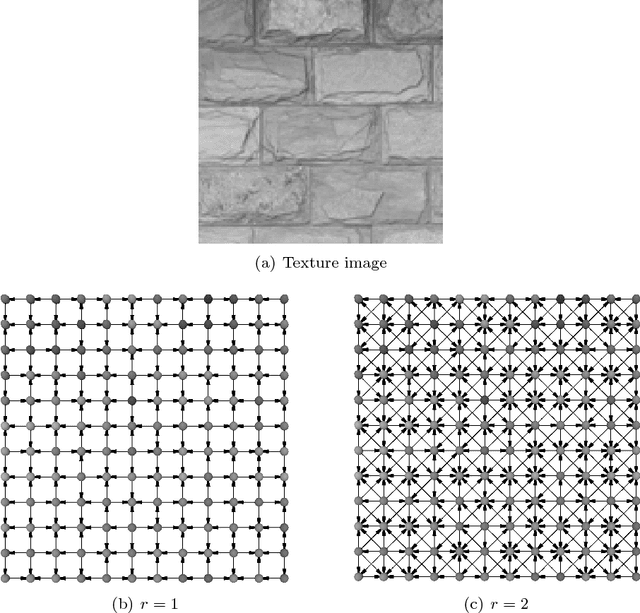
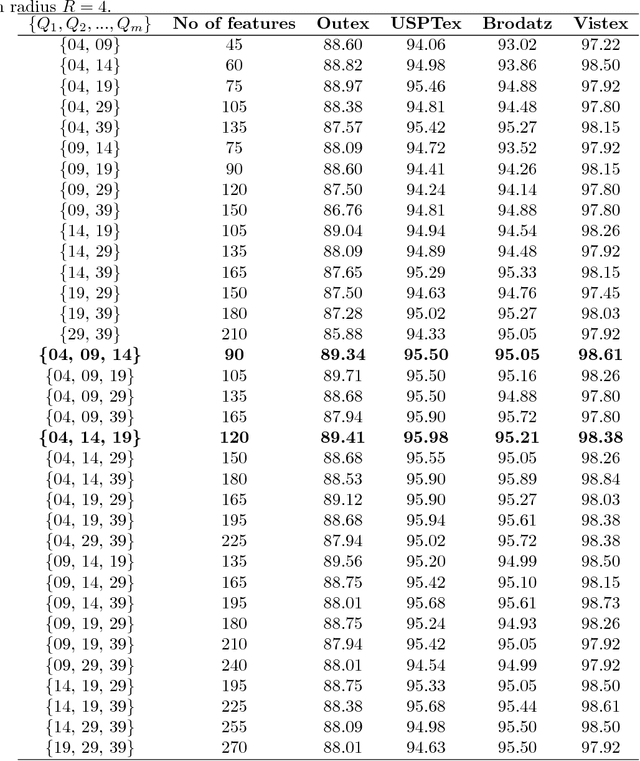
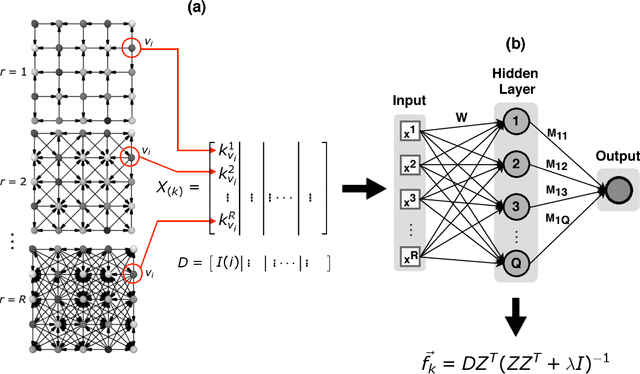
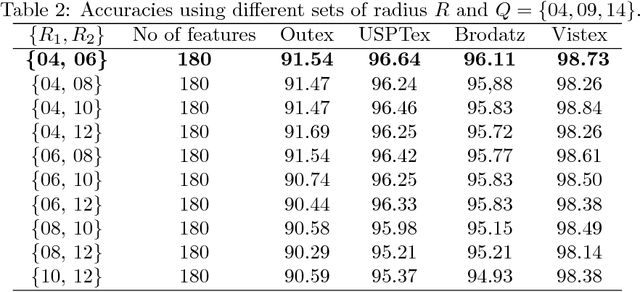
Abstract:This paper presents a high discriminative texture analysis method based on the fusion of complex networks and randomized neural networks. In this approach, the input image is modeled as a complex networks and its topological properties as well as the image pixels are used to train randomized neural networks in order to create a signature that represents the deep characteristics of the texture. The results obtained surpassed the accuracies of many methods available in the literature. This performance demonstrates that our proposed approach opens a promising source of research, which consists of exploring the synergy of neural networks and complex networks in the texture analysis field.
 Add to Chrome
Add to Chrome Add to Firefox
Add to Firefox Add to Edge
Add to Edge